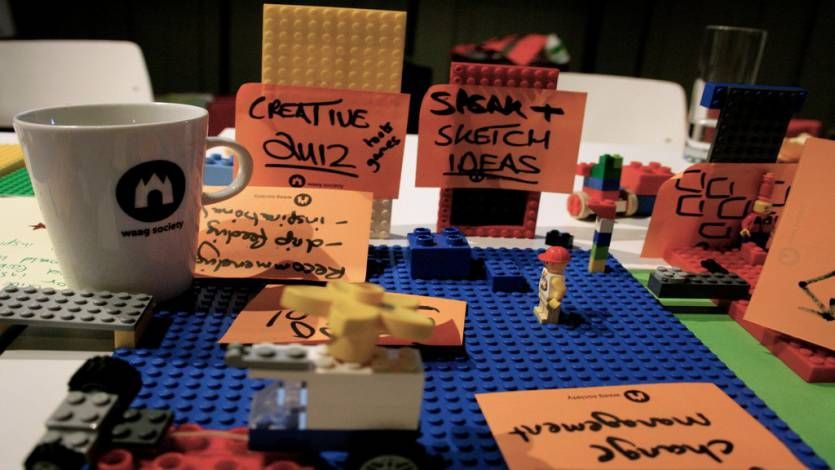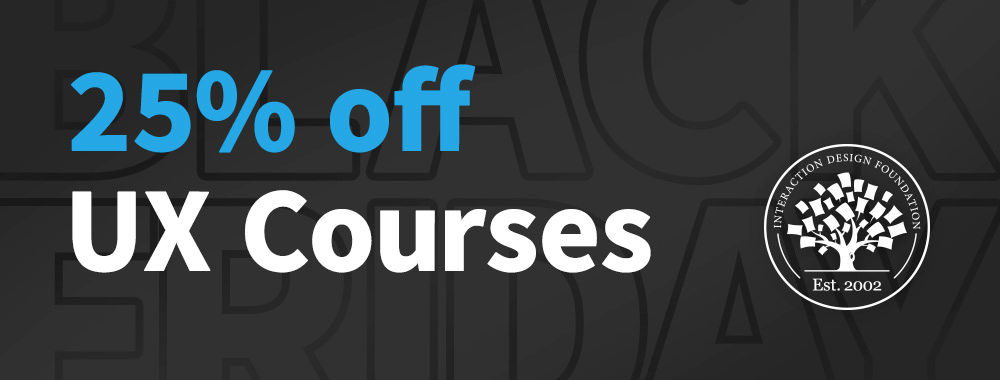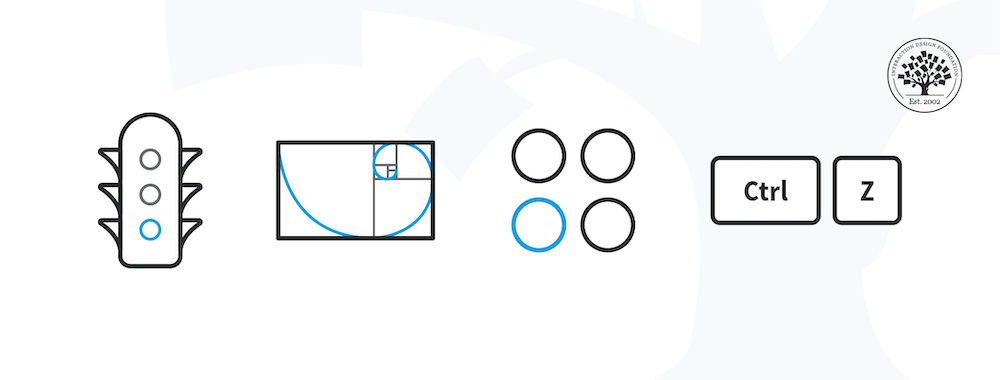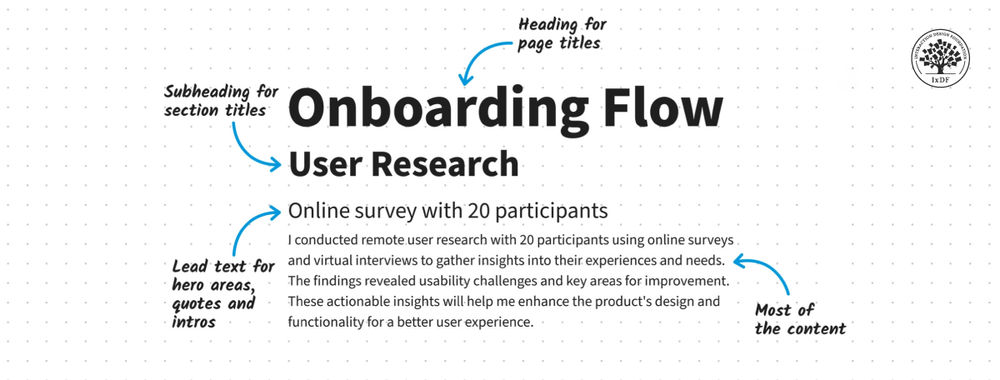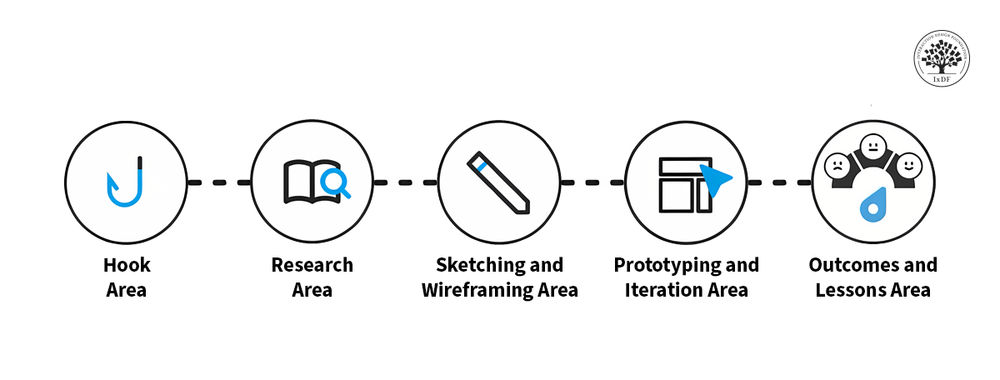Gamification is where the world is heading. Despite the occasional academic cynic there’s plenty of venture capital hanging around to spent on gamification and it is guaranteed to be one of the big growth fields of the next decade. We’ve got an awesome course for those looking to get into gamification but if you want something a little more bit-sized to consider – here are 3 tips for better gamification projects.
Game Elements should Feel Like Games
Yes, you can throw a leaderboard and a few medals to collect into your enterprise application but so what? What makes them fun? What makes them interesting? You see adding gamification elements just so you can say; “we’ve done some gamification” won’t work. The whole purpose of gamification is to create a hybrid enterprise or consumer product which has game-elements that makes work more fun.
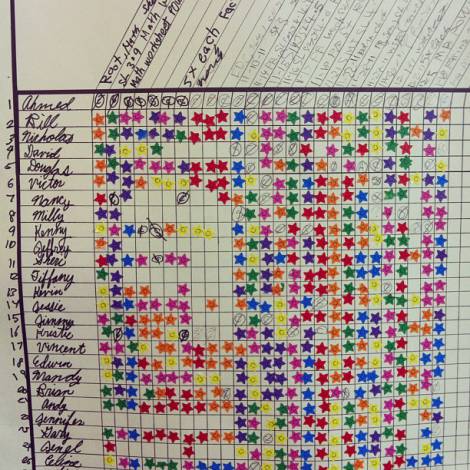
Author/Copyright holder: Benjamin Chun. Copyright terms and licence: CC BY-SA 3.0
If your game elements suck; they’re not really game elements – they’re just another set of KPIs for your corporate mentor to beat people with. No-one likes getting thumped with a stick and not having your “I took 300 calls without a bathroom break” badge is probably not going to matter as much to your users/players as you think it is when you have the discussion about gamification with the business’ directors.
Game Elements Need Playing and Testing Before Releasing into the Wild
If there’s one thing that every UX designer should know; it’s that we must test our products with users before they go live. We’re all different. What I find fun you might find a drag and vice-versa – this is why when my friends play actual games, many of them play different games to the ones I do. This is going to be true for your gamification elements too.
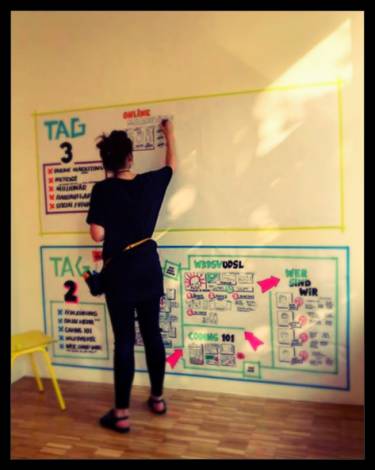
Author/Copyright holder: Anna Lena Schiller. Copyright terms and licence: CC BY-NC-ND 2.0
I may love your glorious singing leaderboard which triumphantly calls out my mastery over the helpdesk queue at all the lesser mortals in the office to the tune of Saturday Night Fever but if everyone else hates it – it’s not working. Test this stuff and your gamification is much more likely to bring joy to the user/player than it would if you just keep releasing your ideas to their desktops without asking them how they feel about it.
Gamification Should Create Meaningful Experiences
Gamification can be used to encourage people to power through repetitive but necessary tasks, it can be used to motivate people to learn more than they normally would, etc. but it’s only going to do this if the experience is meaningful to people.
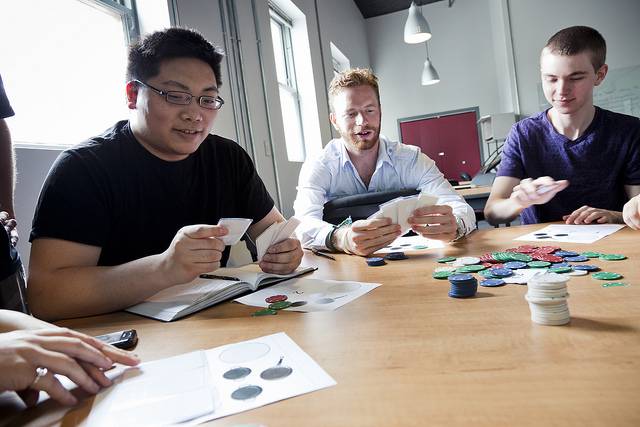
Author/Copyright holder: VFS Digital Design. Copyright terms and licence: CC BY 2.0
What does that mean? It means that people must be able to influence the outcome of the gamified step or steps. They must have some skin in the game and it must be their skills and contributions which ultimately determine their success or failure. Otherwise your gamification work is basically a random number generator. I might be pleased to roll 100 on a random number generator but it doesn’t mean very much and I am very unlikely to try and do it again.
Hero Image: Author/Copyright holder: Waag Society. Copyright terms and licence: All rights reserved. Img
